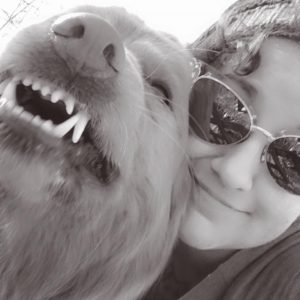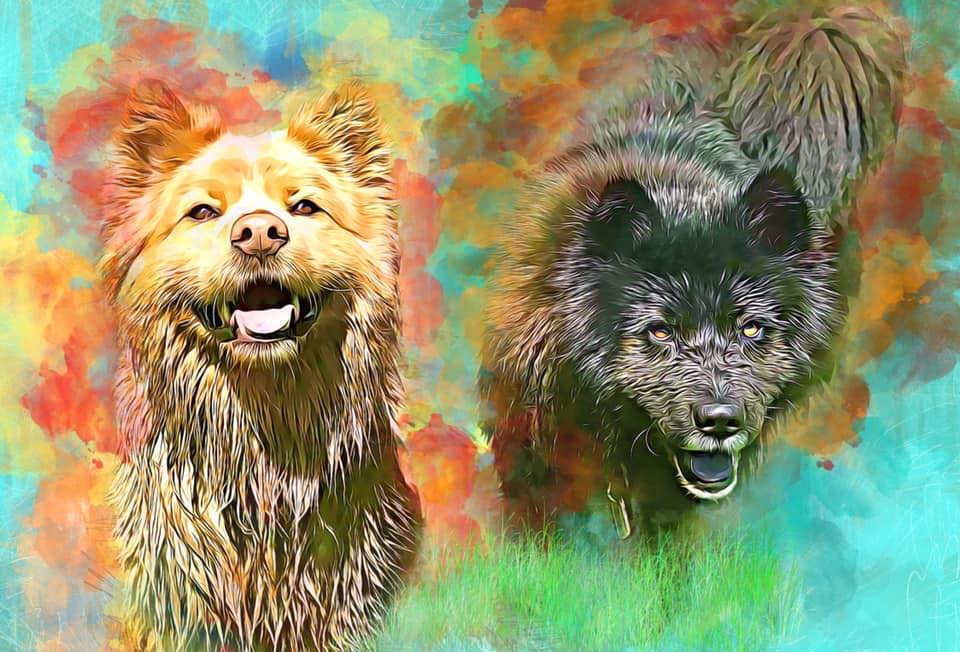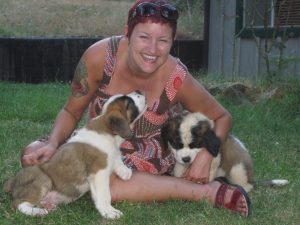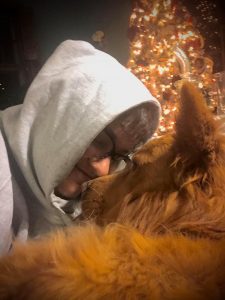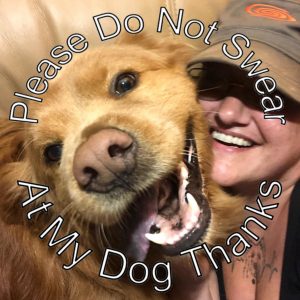Board and Train Reinvented
Board and Train programs in general have a bad reputation, and for good reason. But are there ways to reinvent this service for the benefit of our clients, their dogs, and our businesses? We believe the answer is YES!
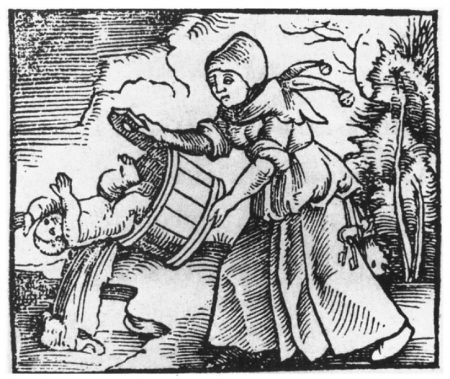
A veterinarian recently called to discuss our positive reinforcement dog board and train program in Cincinnati. She was skeptical after bad experiences her clients had in traditional programs, and she had strongly discouraged our mutual client from doing a board and train. I sympathized with her objections and explained how our services are different, suggesting she contact some of our partner vets as a reference. After learning about our programs, she is now happy to send us clients
Many R+ trainers have similar reservations about board and train, but trainers across the country are reinventing the service in exciting ways. I’m hoping that the trend catches on and that more positive dog trainers embrace it.
Traditional Models:
Where They Go Wrong
Why are so many animal care professionals skeptical about board and train?
- Low Level of Care: Many board and train programs have one or two people responsible for the 24/7 care of at least 10-12 dogs. Dogs often spend 20 – 22 hours each day in a crate or kennel, leaving dogs unsupervised in commercial spaces for up to 12 hours overnight. Not surprisingly, stories of serious health crises and neglect in such programs abound. All of that kennel time can also stress dogs out and impede learning.
- Lack of Transparency: Many programs ban owner visits with the false claim that it will impede training, sending few photos and videos, leaving owners in the dark about their pets.
- Heavy-Handed Training Methods: Traditional board and train programs often rely on electronic training collars (aka e-collars or shock collars) or forceful corrections with metal training collars. Trainers often go overboard with these already-risky tools when facing the pressure of a deadline.
- False Promises and Limited Human Training: Too many board and train programs talk about dogs like they are cars. They offer hollow guarantees. They give owners very limited instruction, leaving them unprepared to maintain the training.
- Impractical Training: Old-school approaches typically rely on techniques used to train working police and military dogs who are always either “on duty” or in a kennel. These programs train dogs as staff, not family members. They don’t teach the sort of automatic practical manners that good family dogs who spend most of their lives not being under command.
Live and Learn, NOT Boot Camp
I agree with everyone who says that these sorts of board and train programs often do more harm than good, but we have reinvisioned board and train. Both we and our clients love it. What’s the difference?
So what do you look for in a good dog board and train program? It comes down to a few simple things:
- High quality transparent care: Good board and train programs meet a dog’s needs for affection, exercise, play, and enrichment. We provide 24/7 care and help owners keep track of their dogs with photos and videos. We encourage visits. Dogs practice manners off-leash in home-like environments. They get playtime and cuddles. This level of care means higher staff costs than traditional programs, but it’s worth it.
- Practical Training: Quality board and train programs don’t follow a recipe. We teach what clients need. Families don’t need precision-trained working dogs who follow long lists of commands. They need low-maintenance default behaviors that work in real life without special equipment. They need dogs who don’t jump on kids, counter surf, or eat their stuff without needing to be leashed and “on task.” They want walks to be a fun, relaxing experience; not work. Skilled positive board and train delivers exactly those sorts of results.
- Positive Reinforcement Board and Train: Contrary to what many trainers think, board and train complements positive training beautifully. It eliminates one of the bigger challenges positive trainers face: getting clients to stick with the early foundation work long enough to see the payoff. Positive training is perfectly suited to teaching the sorts of practical default behaviors that family pets need precisely because of the time that we put into teaching foundation skills that foster communication and trust. That early work can be boring and difficult to master, especially for beginners working with unruly dogs. Owners may get discouraged or frustrated and give up on training, concluding “positive training doesn’t work.” Board and train lets us do that hard part for our clients, so that they will enjoy training their dogs when it’s their turn.
Our clients don’t want to become dog trainers. They just want a well-behaved dog and that’s OK. Pet owners don’t need to master learning theory, ethology and spend countless hours drilling behaviors to have a wonderful relationship with a great family dog. They do need to learn some of that, but they don’t need to be experts and they certainly don’t need to train an unruly dog from scratch.
Everybody wins when trainers do the hard part. We get to do more of what we love, do it right, and make more money doing it. Clients get much faster, better results without lots of boring repetitive work (and they’re more than happy to pay for it)! When you throw in that it’s more fun for the dogs and that – unlike traditional methods – kids as young as 7 or 8 can implement it, old school board and train can’t compete.
Focus on the People: Our clients don’t need to become amateur dogs trainers, but they do need training. Good board and train programs train dog owners just like any other training model. Learning to train with a dog who already knows how to learn, however, makes it so much easier for owners to master the skills they need. We can teach in a week what may take a busy client a month or more to train. This approach also allows us to solve problems which would be difficult if not impossible for many of our clients to achieve on their own.
Colleagues, if you’ve always dismissed board and train because you think it can only be done with harsh methods, that it won’t work because “owners have to do it themselves to learn to do it right,” or because you associate it with false promise, high-pressure sales pitches, I hope that you’ll take a second look at some of the innovative R+ programs out there today. If there’s one near you, they might be a great place to refer those clients who struggle to do the beginning work themselves. If there’s not one by you (and in too many cities there aren’t), maybe it’s a niche that you could fill.

